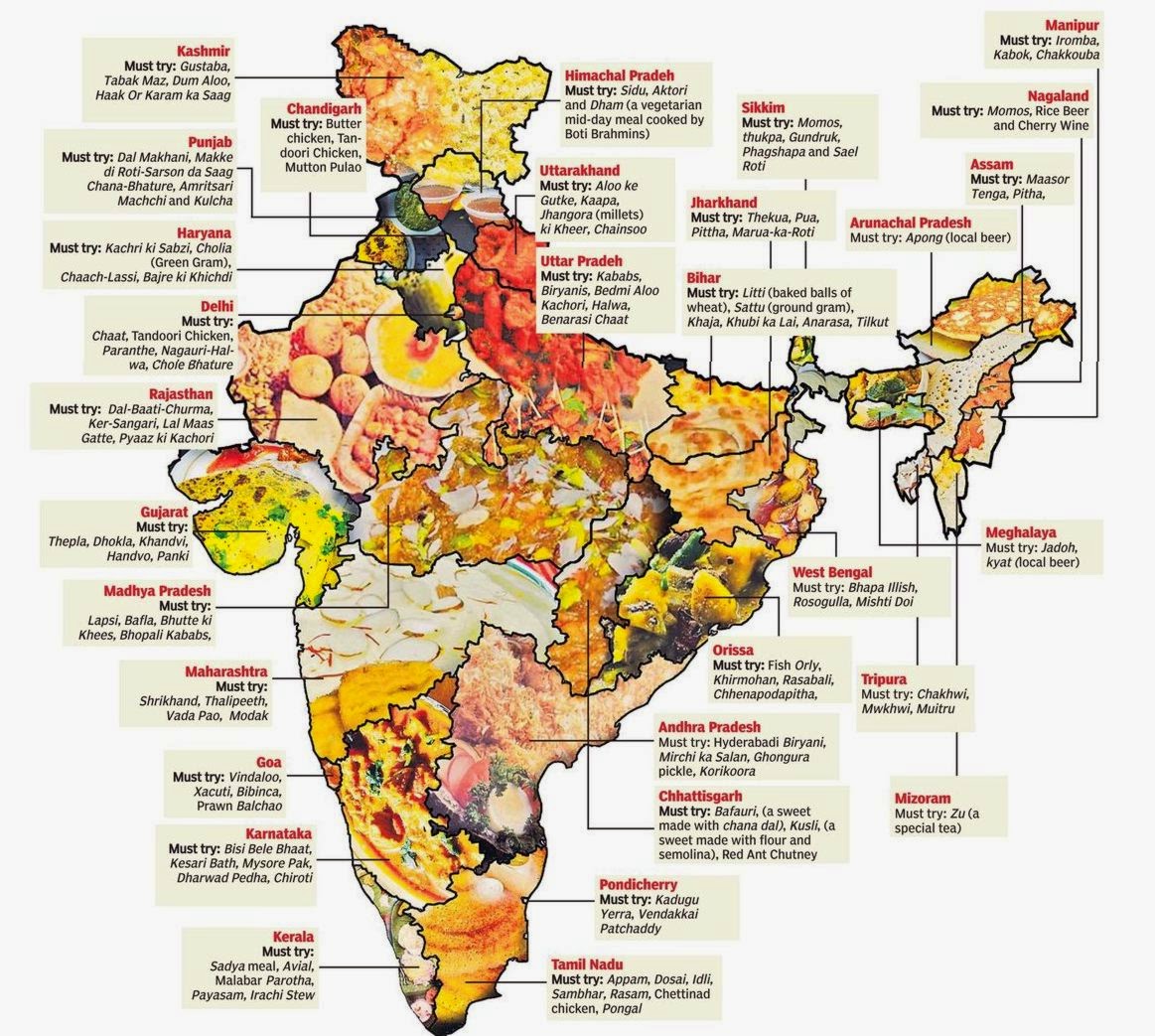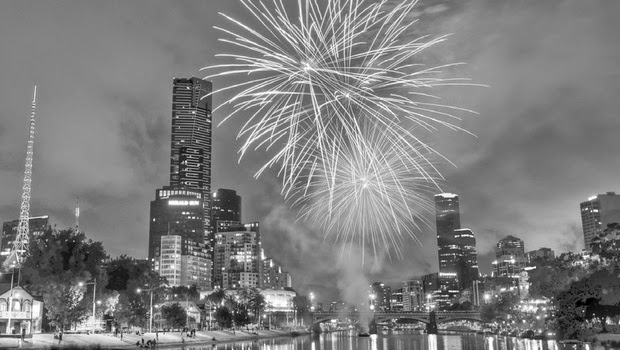India has long been regarded as the land of diversity, and in no segment is that more apparent than in its food which is as varied as its topography and the culture of its people. Drawing inspiration from the local produce, climactic patterns, aesthetic influences and historical background of a place and its people, food is a true reflection of the nation’s polymorphous identity and in this series, we take you around the country in 29 delicious plates. This week, we introduce some of the standout and perhaps uncommon dishes that reflect the diverse metropolises that are Delhi, Mumbai, Kolkata and Chennai.
Sitaphal Cream (Mumbai)
This simple and uncompromising dessert is a perfect representation of a city which is always on the go, always open for business and rarely sleeps. A city teeming with people, Mumbai belongs as much to the shanty-town dweller as it does to the Bollywood stars who live in their skyscrapers away from the ground-level grime and dust. Mumbai is a city of possibilities and disillusionment. Hundreds of dreams die every night and new ones are born in its place. In such a city of global cuisine and vada pav, the Sitaphal Cream silently holds its own. Invented at the iconic Haji Ali Juice Centre, this seasonal dish is incredibly popular and standing and relishing a bowl of this dish with the waves crashing behind you and the city going about its frantic life is an experience akin to none. And it’s really quite simple — custard apple or sitaphal and cream are served together with some sugar and a dash of vanilla. A juicewallah came up with this divine concoction and it has flown off his counter since then and has not been replicated in the best restaurants in star hotels. While the custard apple ice cream is common enough, the fruit cream is a rare dish and the best part is that it comes at a price point that makes its accessible to all — from a skyscraper dweller indulging in a late night dessert to a balloonwallah counting out the saved up rupees for this treat, the Sitaphal Cream belongs to all.
Daab Chingri (Kolkata)
This sophisticated delicacy is an exercise in innovation. This dish is believed to be an adaptation of something called the Malay Curry, a recipe that travelled with migrant workers and the colonisers as trade flourished between this all-important erstwhile capital city of the Raj and the rest of Southeast Asia. The Daab Chingri is all about the tender green coconut which blesses this steaming tropical state with its plenitude. It is about the pungent yellow mustard, a Bengali’s response to the Japanese wasabi. And finally it is about the prawns, the queen of all piscine creatures, the crustacean served at every special occasion and found in abundance in the rivers and lakes of this state. In this dish, fresh tiger prawns (chingri) are marinated in a delicious green chilli and mustard paste and then inserted into fleshy and tender green coconuts (daab) and slow-cooked till the prawns are tender and have absorbed all the flavours of the coconut. This dish when cooked right is sophisticated, simple and just bursting with flavour. One could describe it as creamy golden sunshine with a taste of the sea. This is a regal dish and one that could send its eater into a rapture. It also represents the people who put great value on the finer things in life, like the perfect Daab Chingri accompanied with soft, fragrant Gobindo Bhog rice and a refreshing afternoon siesta vis-a-vis matters of industry or a life spent in fast food meals. This dish is the crowning glory of every Bengali kitchen and a testament to the culture’s obsession with all things food.
Idlis (Chennai)
While some might consider this a plain-talking dish, in my books, an early morning breakfast at the Murugan Idli shop in Besant Nagar, with a view of the expansive beach and the blue curling waves in the distance is unmatched. The texture of those warm fluffy idlis with a delicious array of chutneys as well as the aroma of the sweet-sour-spicy sambhar is something that could make me roll out of bed every day of my life. Capturing a unique ethos of the city that combines daily living with tradition and functionality with flavour. Somewhere in between the city’s sunny days, cultural pursuits and political brouhaha, there is always time for this delicious breakfast served on a banana leaf bookended by frothy cups of strong filter coffee and great conversations.
Whole Mango Kulfi (Delhi)
This winner of a dessert is the stuff of sheer ingenuity and a perfect fit in this city of immigrants and erstwhile refugees who have survived and flourished by dint of their ingenuity alone. Old Delhi is a bastion of business which drew in merchants, traders, khansamas, artisans and labourers, basically anyone who had a skill to hawk and a business idea to sell. This congested walled city then became the place for innovations and food like no other. While the culinary delights of Purani Dilli are neverending, there is something about this particular dish that has just embedded a certain blazing summer day under the arches of an old haveli into the brick and mortar of my mind. I ate this kulfi at Pandit Kuremal’s Kulfi Shop in the gullies of Chandni Chowk. This magical dessert is clearly one of the best things I have eaten in this city. The whole mango is sliced, deseeded, stuffed with kulfi and put back together. When it is served later, the mango is peeled and you get delicious chunks of fruit with your creamy and icy mango flavoured kulfi. This dessert could give many exotic ice creams a run for their money and combines the best things about summer – Alphonso mangoes and ice creams in one fell sweep. For me, this is the best indigenous homegrown ice cream there could ever be and a lasting taste memory of the capital city.
This was published in The New Indian Express on 29 January, 2015




